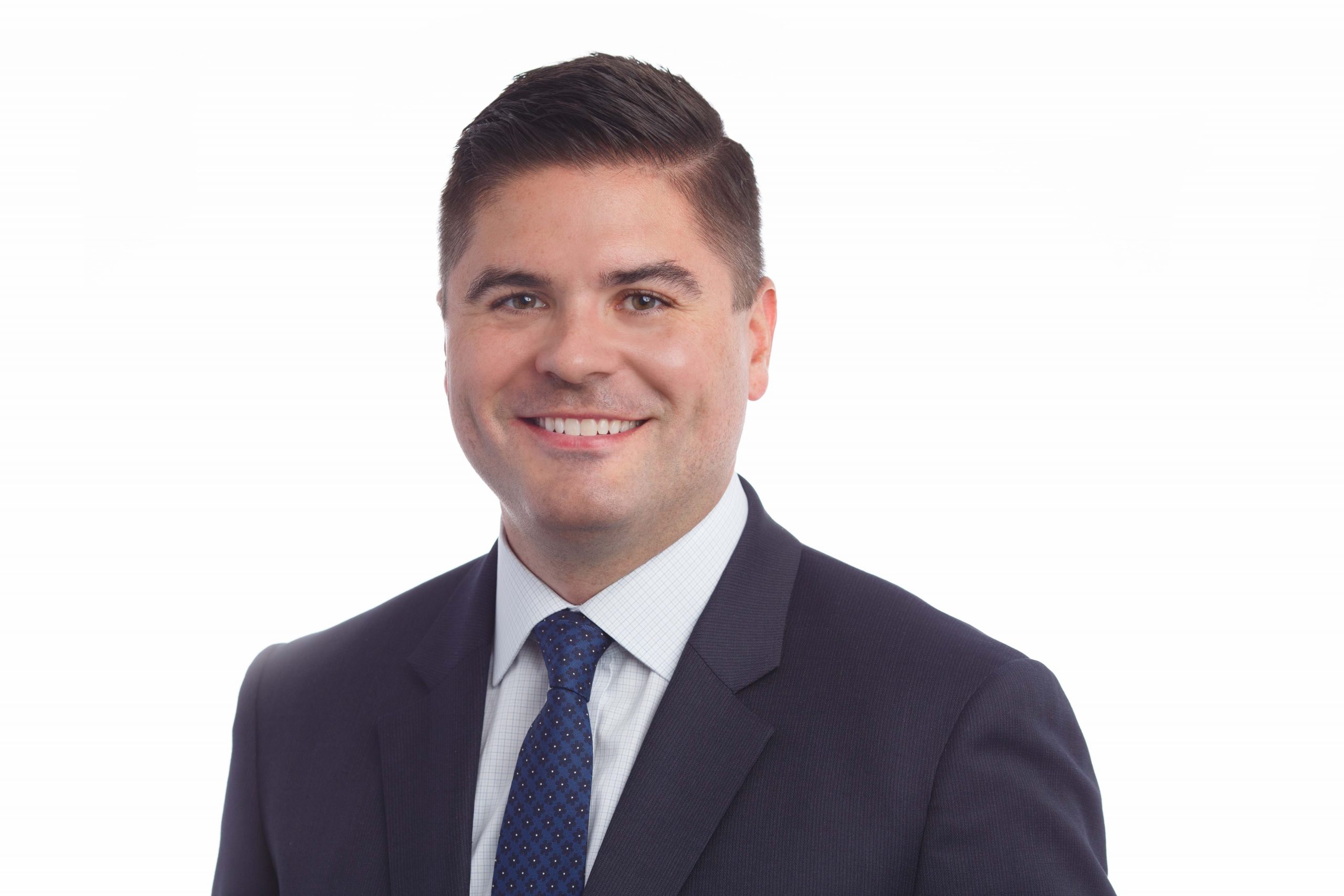Henderson Global Investors to Expand Global Property Equities Team
| By Fórmate a Fondo | 0 Comentarios

Following an announcement made to clients in May this year, Henderson Global Investors has further expanded its global property equities team with the addition of a dedicated North American property equities team.
Bob Thomas was appointed head of North American property equities, joining the global asset manager in August. Bob is based in Henderson’s Chicago office. His previous role was co-head of North American listed real estate at AMP Capital. Bob brings over 13 years’ experience in real estate securities, having previously worked for BNP Paribas Asset Management and Nuveen Asset Management.
Greg Kuhl has also joined the team in Chicago as portfolio manager and will work with Bob to build out the offering. He joins from Brookfield Investment Management where he worked on North American and global long only and long-short real estate funds. Finally, this month, Mike Engels joined as an analyst. He previously worked at Brookfield Investment Management.
Bob, Greg and Mike, will work with existing global fund managers, Guy Barnard and Tim Gibson, to manage the team’s existing global mandates. This transition will take place on the 1 November. As a result of this decision, management of the North American sleeves of Henderson’s global property equities funds will be brought in-house. Since 2007, Harrison Street Securities, the US-based real estate investment firm, was mandated to manage this part of the portfolio.
Graham Kitchen, head of equities at Henderson, comments: “As a truly global business, and with recent acquisitions in the US developing our in-house equity expertise, it is a logical step to bring the management of North American property equities in-house. Not only do we believe this best serves clients in the existing global funds, but it also enables us to further develop the franchise and product offering in the future.”
Guy Barnard, co-head of global property equities based in London, says: “We’ve worked with Harrison Street for eight years and thank them for the service they have provided. Looking ahead, a strengthened property securities team, with dedicated portfolio managers in all of our key regions, will enable us to pursue a more integrated global investment process that will best serve our clients’ needs. The integration process has been carefully managed over a number of months, meaning we expect a seamless transition next month.
The build-out of the global property equities team reflects Henderson’s drive to provide quality products with consistent superior performance to our clients across the world.”
Tim Gibson, co-head of global property equities based in Singapore, adds: “Hiring quality people to help develop our global offering is intrinsic to our success, and we are happy to be in a position to attract high caliber managers such as Bob and Greg. They both have strong reputations, excellent track records and high conviction, bottom-up driven investment processes that are aligned to our own. ”









